A few of the finest whisky on the earth doesn’t come from Scotland.
The primary time I had heard of Japanese whisky was over a decade in the past whereas on trip in Texas nursing a day Previous Usual and scrapping with the chatty bartender about American versus Celtic whiskies. He acquired busy with one thing and disappeared for a bit then introduced his return by sliding a brand new glass my approach with an enormous smile on his face. “Do that.”
For a very long time, Scotch was the usual. It had the historical past, the local weather, the craftsmanship. In case you needed to drink the perfect, you drank Scotch. Then one thing modified. Not in a single day, however steadily. Japan began making whisky that would compete—and win.
In 2001, a Japanese whisky beat out the world in a blind style take a look at by Whisky Journal, taking their prime prize. Since then, distilleries like Suntory and Nikka have develop into family names to whisky followers in all places. Their bottles now recurrently place on the prime of competitions from San Francisco to Glasgow. The outdated assumptions about who made the perfect now not held.
However this didn’t come out of nowhere.
What Units Japanese Whisky Aside
Japanese whisky began as a devoted reproduction of Scotch. The methods, substances, and even the spelling of “whisky” had been carried over from Scotland. Early distillers studied in Scottish distilleries, used pot stills, and in some circumstances imported barley and tools immediately from the supply. So on paper, Japanese whisky and Scotch look very related.
However over time, Japanese whisky developed its personal id.
The local weather in Japan is extra variable—humid summers, chilly winters—which ends up in a extra dynamic growing old course of. Japanese spring water, usually sourced from mountains or pure springs, brings a softness and readability to the whisky’s texture.
Mizunara oak, native to Japan, is one other hallmark. It’s troublesome to work with and takes a long time to mature, however it contributes unmistakable flavors: sandalwood, incense, and delicate spice.
The strategy to mixing is completely different too. Whereas Scotch blends usually mix whiskies from varied firms, Japanese distilleries sometimes produce all kinds of kinds in-house to mix internally. That enables for a extra managed, nuanced ultimate product.
By way of style, Japanese whisky is mostly extra restrained. The place some (however not all, a typical false impression) Scotch whiskies lean heavy on peat, brine, or sherry richness, Japanese expressions are likely to goal for delicacy and element. You may discover floral notes like cherry blossom or iris, inexperienced apple, honey, or a contact of white pepper. Peat is used, however with a lighter hand. It usually feels quieter on the palate—much less about hitting you with one robust taste and extra about evolving layers.
It’s not merely Scotch made some place else like “glowing wine” not from Champagne, France. It’s whisky made with a distinct perspective.
How It Began
The roots of Japanese whisky return to Shinjiro Torii, a pharmaceutical wholesaler who opened a wine store in Osaka in 1899. He ultimately shifted to home spirits, and in 1923 he based Kotobukiya—which might develop into Suntory—and opened Japan’s first whisky distillery in Yamazaki.
Torii had assist. Masataka Taketsuru, a younger chemist, traveled to Scotland in 1918 to review chemistry and be taught the craft of whisky-making firsthand. He apprenticed at distilleries throughout areas like Speyside and Campbeltown, taking detailed notes alongside the best way. When he returned to Japan, he partnered with Torii and helped launch Suntory’s first whisky in 1924. A decade later, Taketsuru left to open his personal distillery, Yoichi, in Hokkaido—a spot he selected as a result of its climate reminded him of Scotland.
Right now, Suntory and Nikka are the 2 giants of Japanese whisky, and it began with these two males.
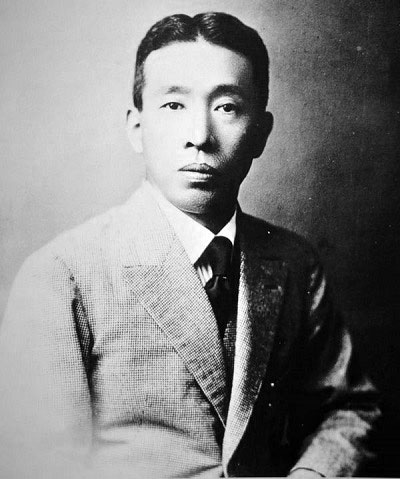
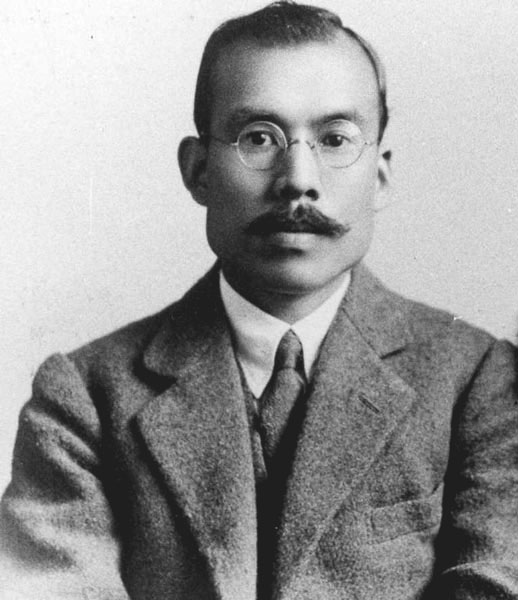

Distilleries to Know
Simply because the whisky areas of Scotland produce dramatically completely different taste profiles attributable to native situations and pure assets, Japanese whiskies profit from the precise environments of their distilleries.
Take Yamazaki. The distillery sits simply outdoors Kyoto, surrounded by forests and spring water. Torii believed good water made good whisky, and Yamazaki is thought for its tender, clear minerality. They use a wide range of nonetheless shapes to create whiskies with completely different profiles, they usually age a lot of their expressions within the beforehand talked about Mizunara oak giving it a particular taste.
Then there’s Hakushu, launched in 1973 within the Japanese Alps. The excessive altitude and funky local weather give its whisky a freshness and light-weight smoke that stands out. Hakushu and Yamazaki whiskies are sometimes blended into Suntory’s award-winning Hibiki line.
Over at Nikka, Yoichi stays fiercely conventional. They nonetheless use coal-fired pot stills—a way virtually totally deserted elsewhere—as a result of it provides a daring, smoky character. Miyagikyo, Nikka’s second distillery, opened in 1969 in a lush valley outdoors Sendai. It produces a softer, fruitier whisky that balances Yoichi’s depth.
A youthful distillery, Chichibu, based in 2004 and operational by ’08, has shortly gained consideration worldwide. With small-scale manufacturing and a hands-on strategy, its whiskies are already extremely collectible.
A Observe on Shortage
The elevated fame of Japanese whisky has positioned it in excessive demand, and most of the bottles that had been as soon as reasonably priced and out there have develop into onerous to search out. Some age-statement expressions, like Hakushu 12 or Yamazaki 12, had been even pulled from manufacturing for a couple of years as a result of there simply wasn’t sufficient mature whisky to bottle. Some are again now, however costs have risen. Hakushu 12 returned to cabinets in restricted releases beginning in 2021, however availability remains to be tight.
In case you’re simply getting began, search for non-age-statement expressions like Suntory Toki, Hibiki Japanese Concord, Nikka Days, or Nikka From the Barrel. These are simpler to search out and nonetheless supply a terrific introduction to the type.
The place to Begin
Listed here are a couple of suggestions in case you’re new to Japanese whisky:
Hibiki Japanese Concord
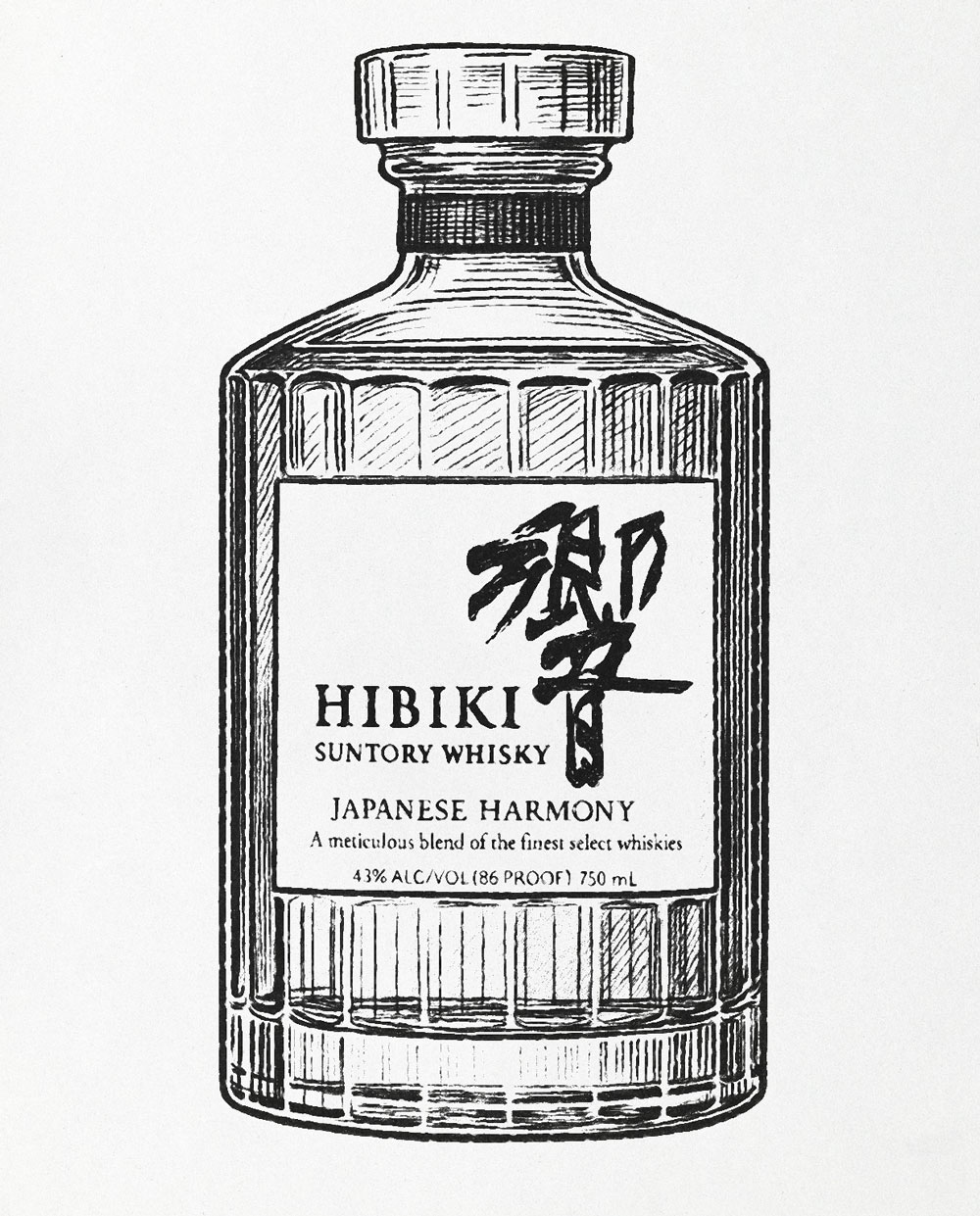

Created to hold on the Hibiki line after aged expressions just like the 17 and 21 turned tougher to provide, Concord is a mix from Suntory’s three distilleries designed for steadiness and magnificence. It’s easy, floral, and approachable, with notes of orange, chocolate, mild oak, and a contact of smoke. Nice neat or in a highball. Often $80–$110.
Nikka From the Barrel
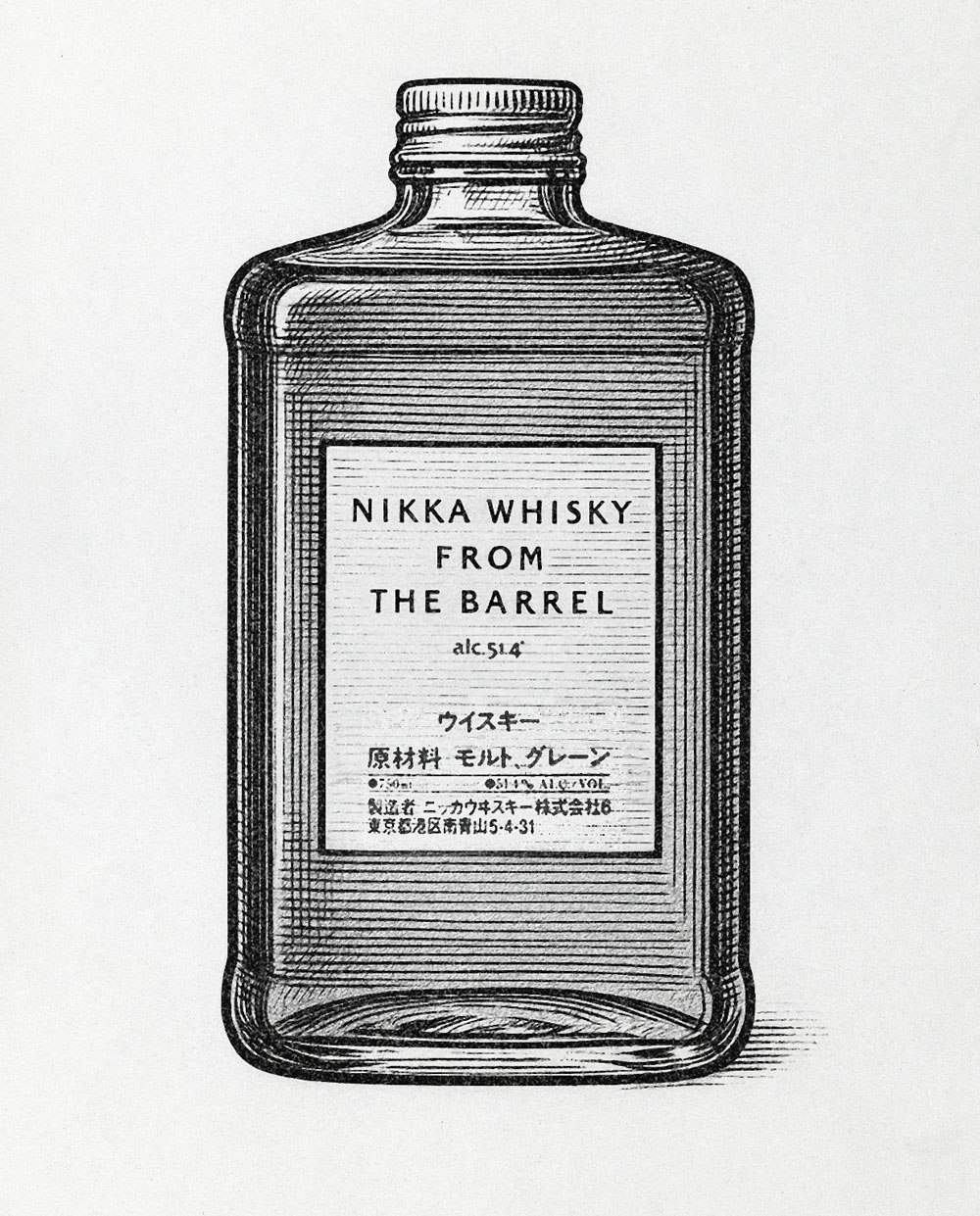

A mix with depth and spice. Daring, fruity, and warming. Search for notes like clove, cherry, and toffee. Extensively out there, normally round $80–100.
Nikka Coffey Grain
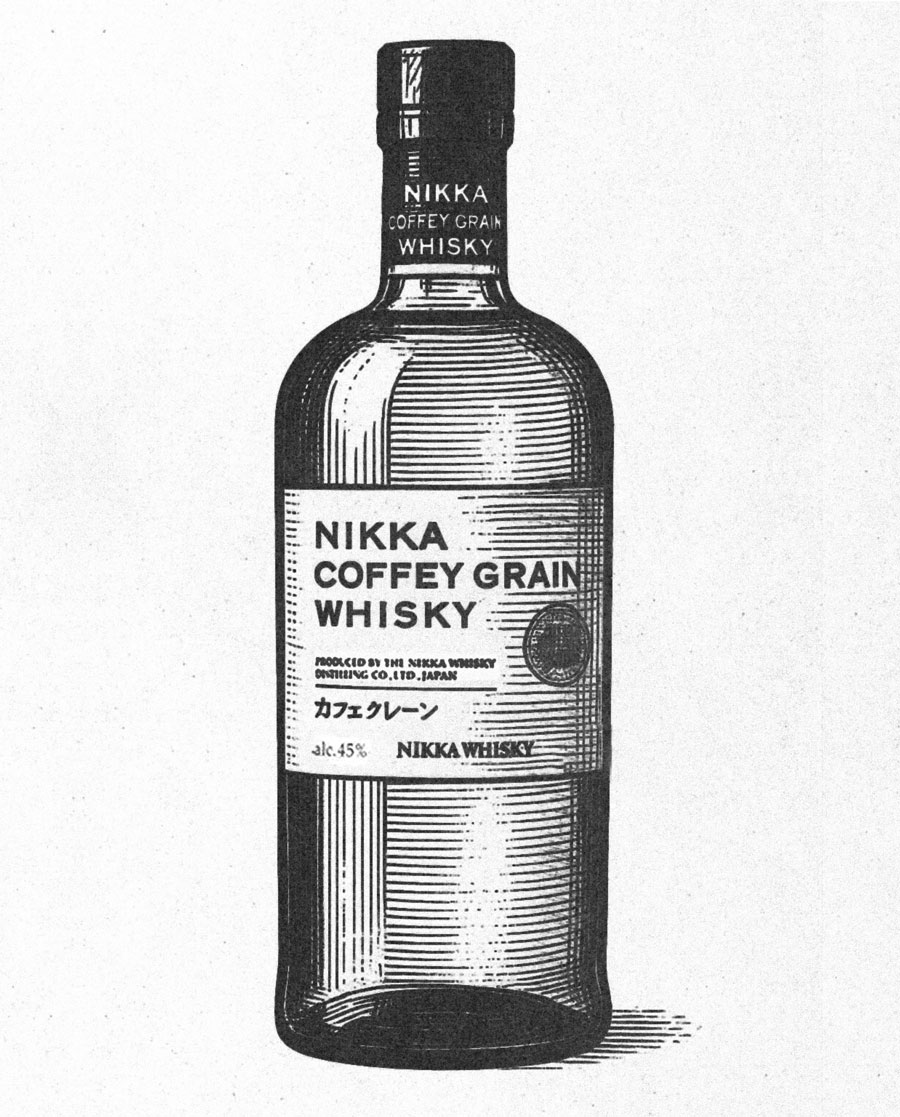

Made in conventional Coffey stills. Sweeter and smoother, virtually bourbon-like. Anticipate flavors of vanilla, tropical fruit, and caramel. Round $55–90.
What’s a Coffey Nonetheless?
A Coffey nonetheless (pronounced “espresso”) is a kind of steady nonetheless invented within the 1830s by Aeneas Coffey. Not like conventional pot stills, which work in batches, a Coffey nonetheless can distill constantly, producing a cleaner, softer spirit. That makes it best for delicate, candy grain whiskies.
Whereas some Scotch distillers nonetheless use Coffey stills for grain whisky utilized in blends, most single malts depend on pot stills for his or her fuller taste. Within the US, trendy column stills have advanced from the Coffey design, however they’re constructed for quantity, not nuance. Nikka is without doubt one of the solely distillers on the earth that makes use of conventional Coffey stills to create whiskies which might be bottled and celebrated on their very own—like Nikka Coffey Grain and Nikka Coffey Malt. These supply a easy, virtually bourbon-like expertise with distinct notes of vanilla and caramel.
Suntory Toki
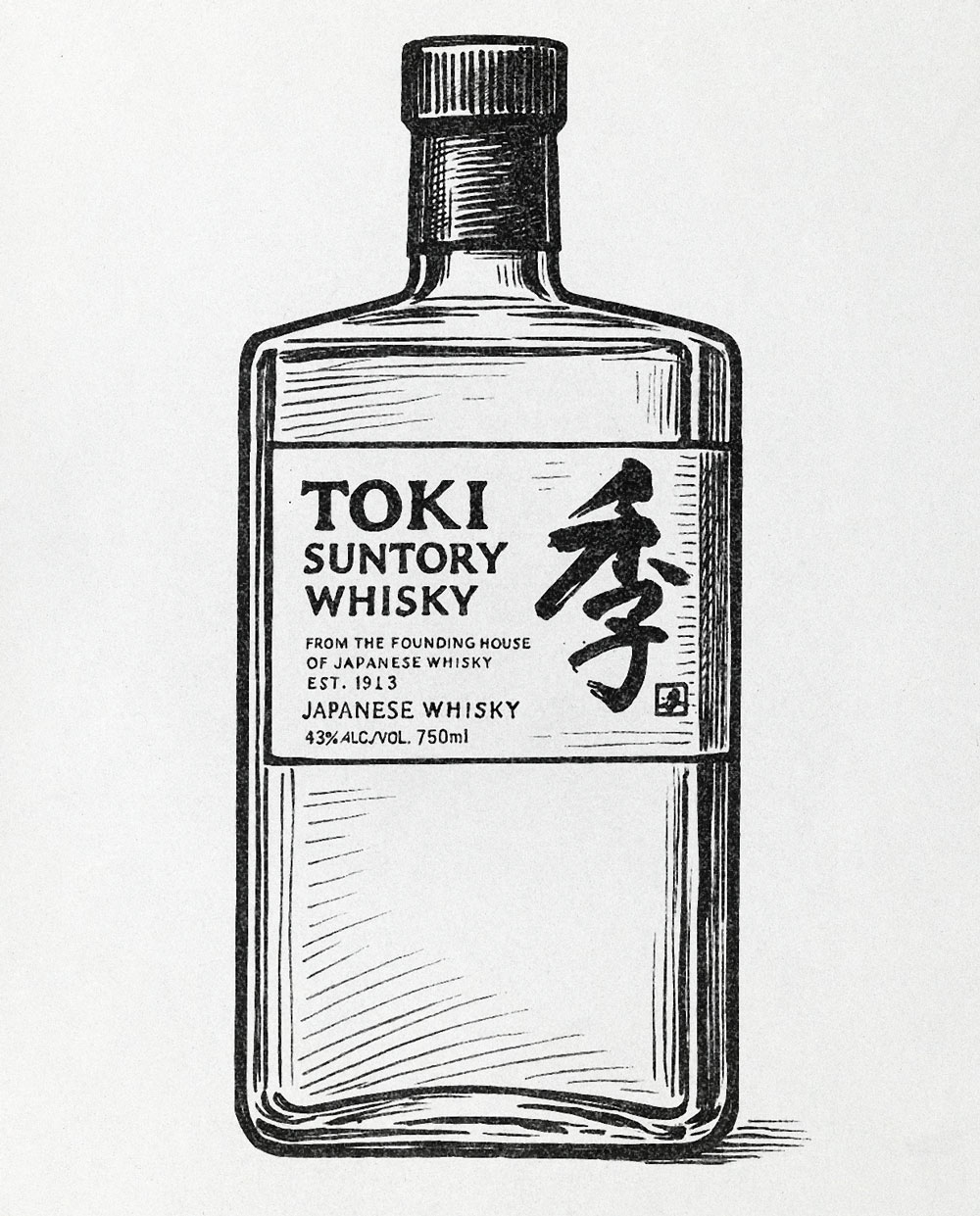

Gentle, easy-drinking, and reasonably priced. Nice for highballs. Smooth hints of apple, basil, and honey. Usually beneath $50.
Hakushu 12 (if you could find it)
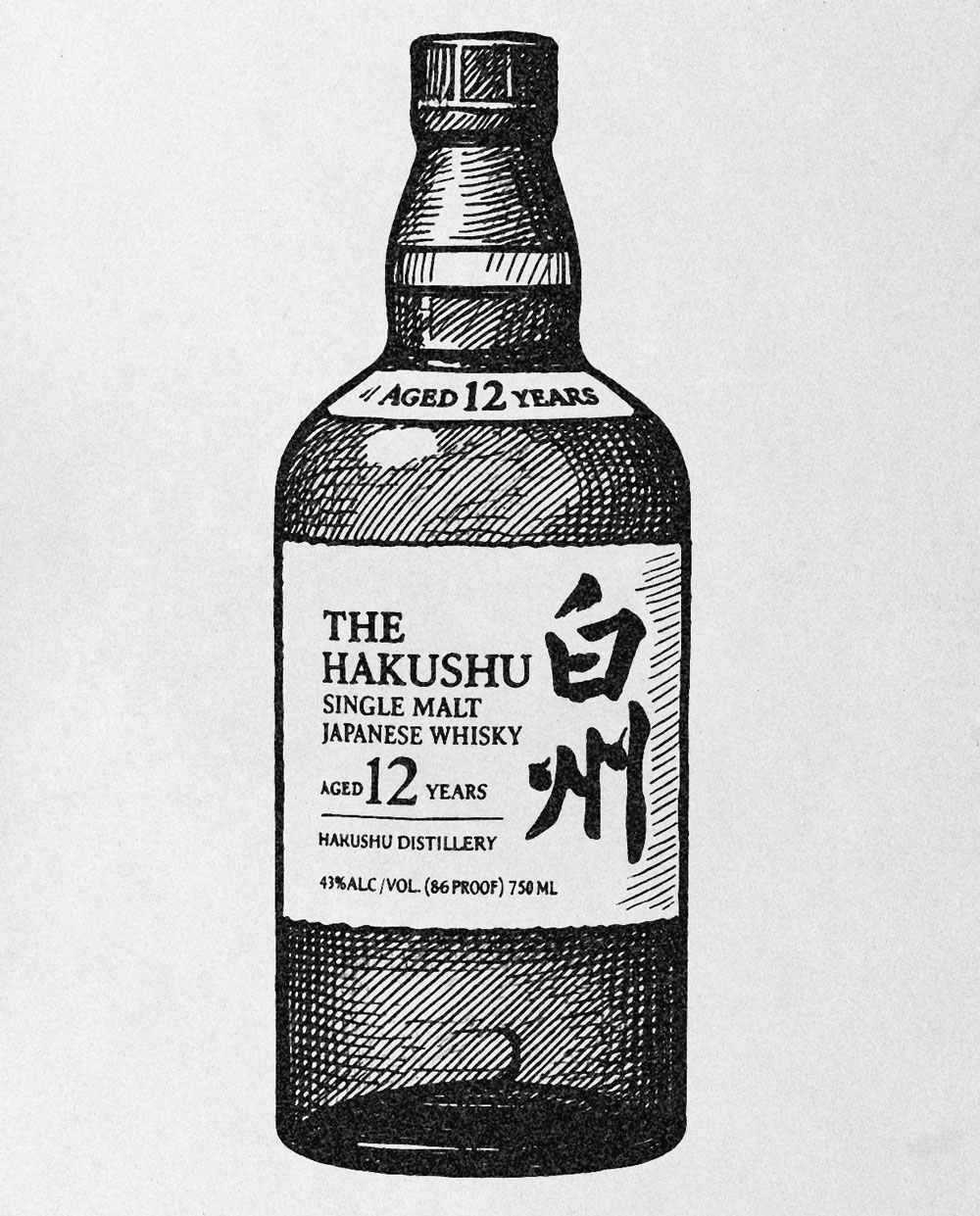

Contemporary, evenly peated, and sophisticated. You may style pear, mint, and faint smoke. Often $160 and up.
Yamazaki 12 (if you could find it)
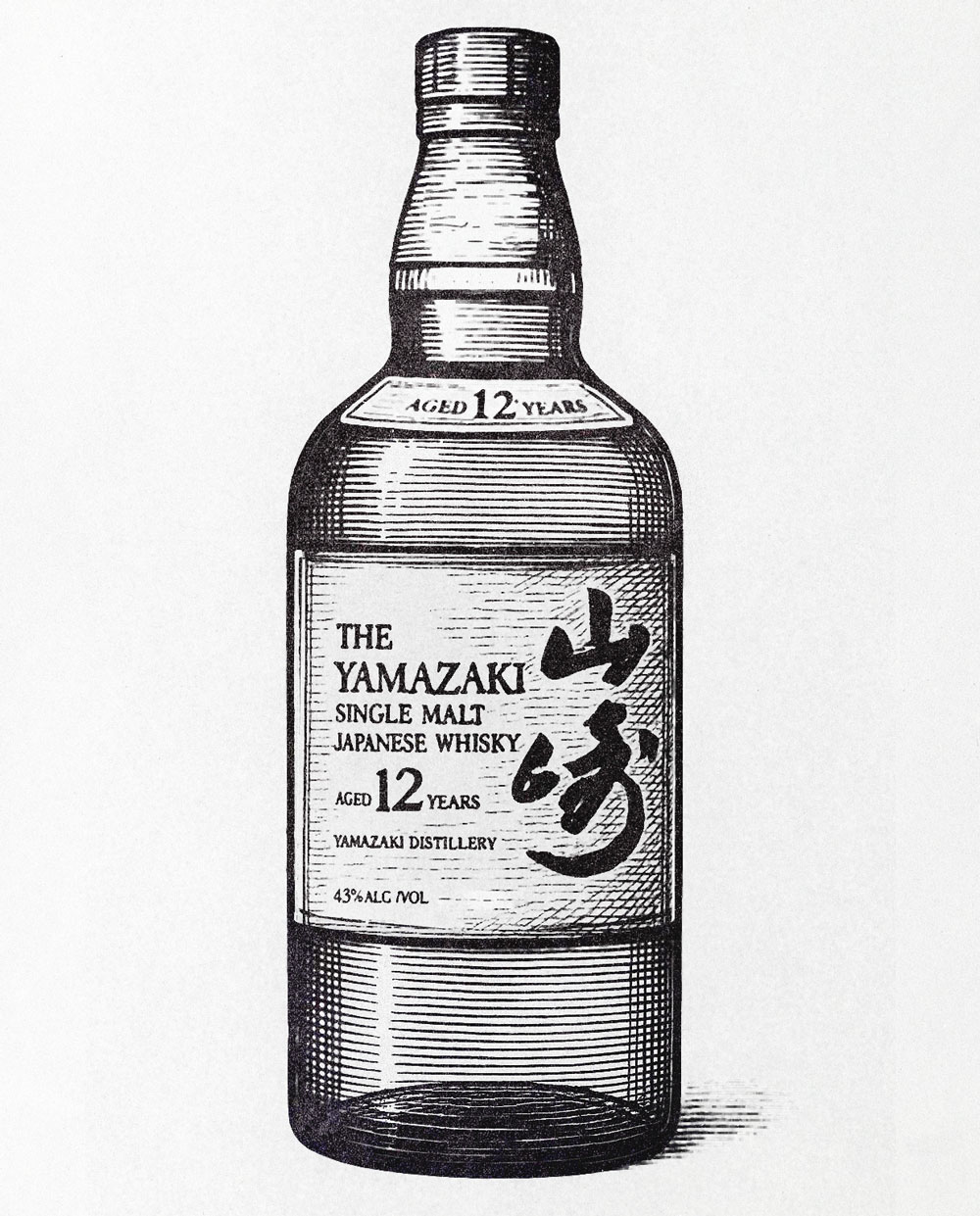

Smooth and layered with fruit, oak, and spice. Notes of cinnamon. Usually $160+, relying on demand.
Be taught extra:

